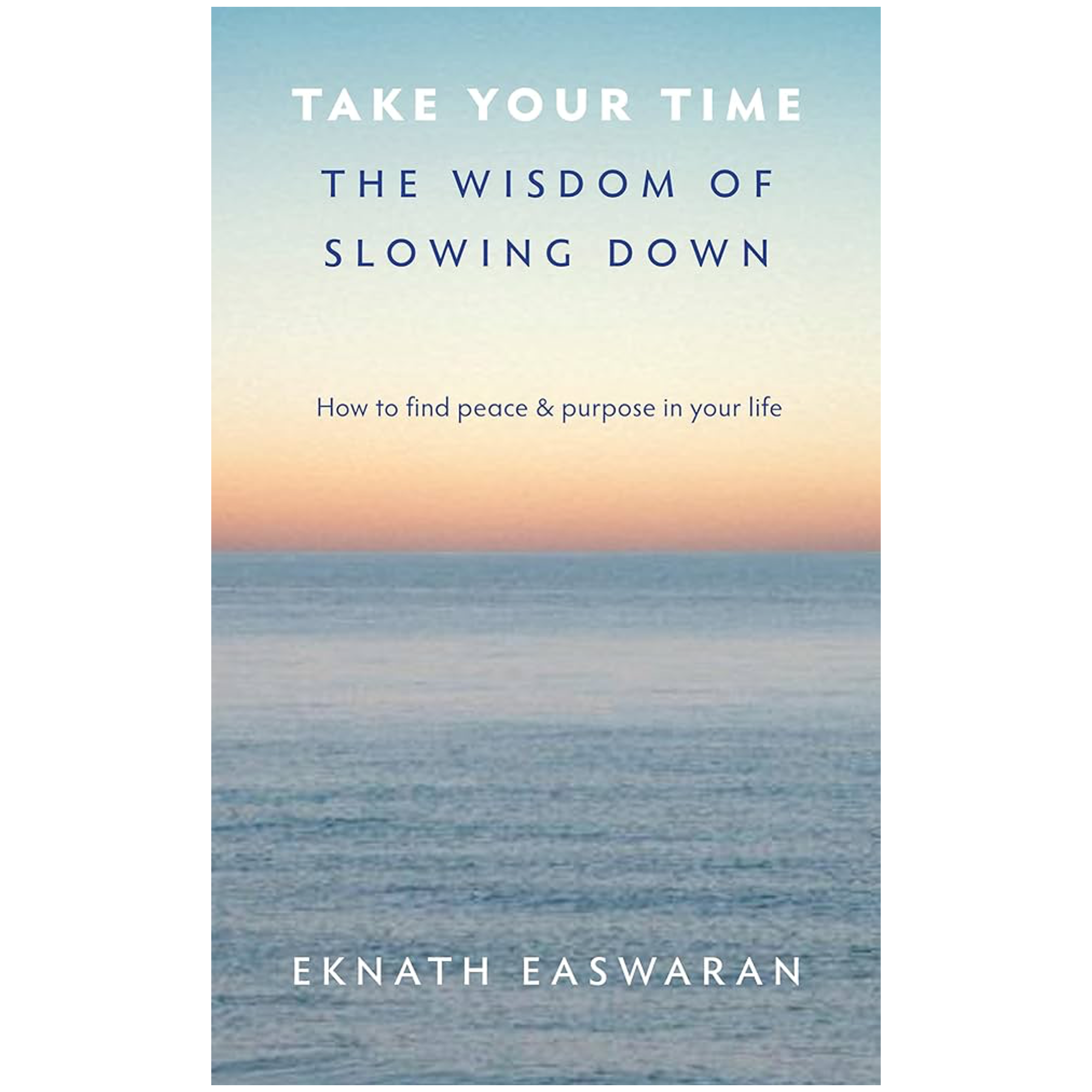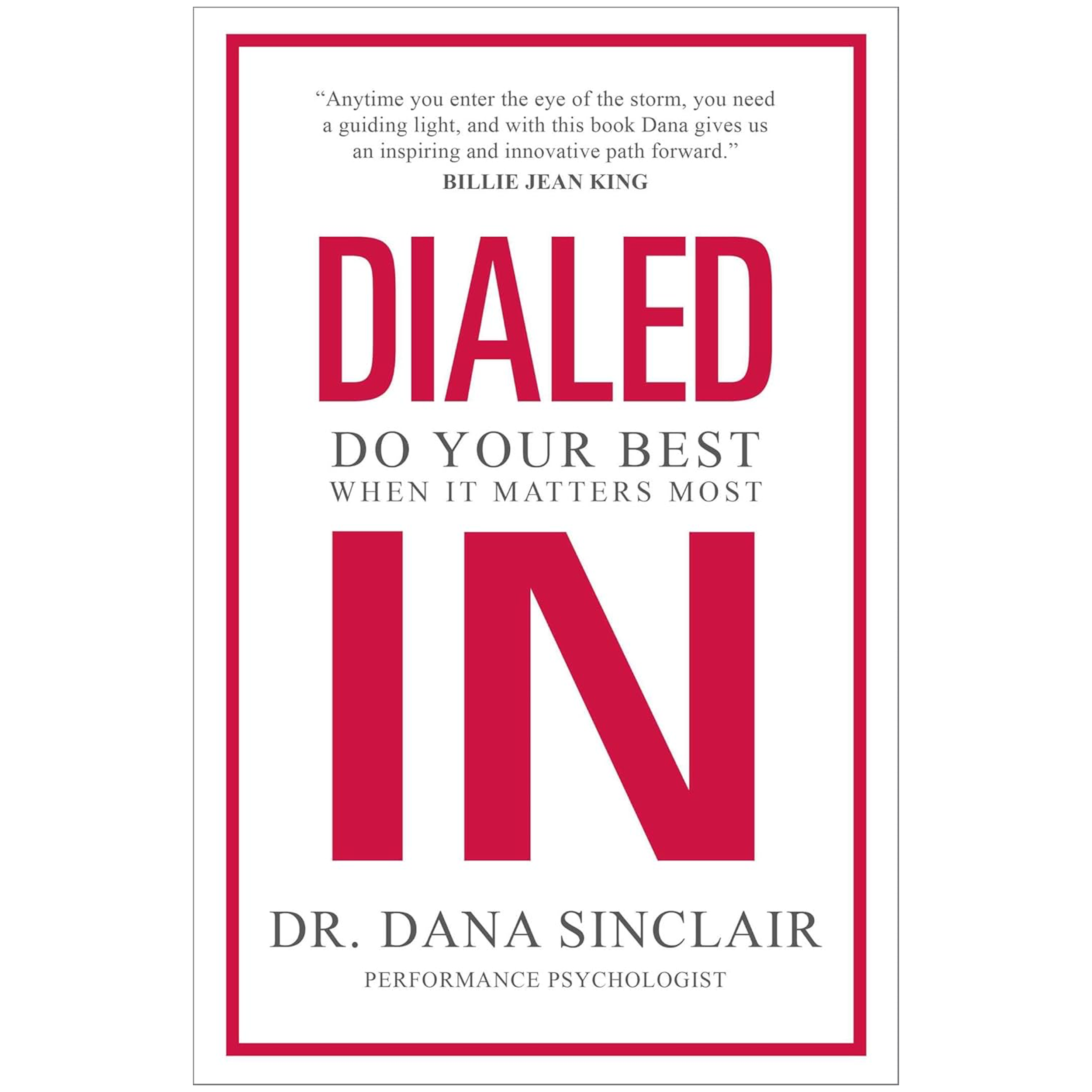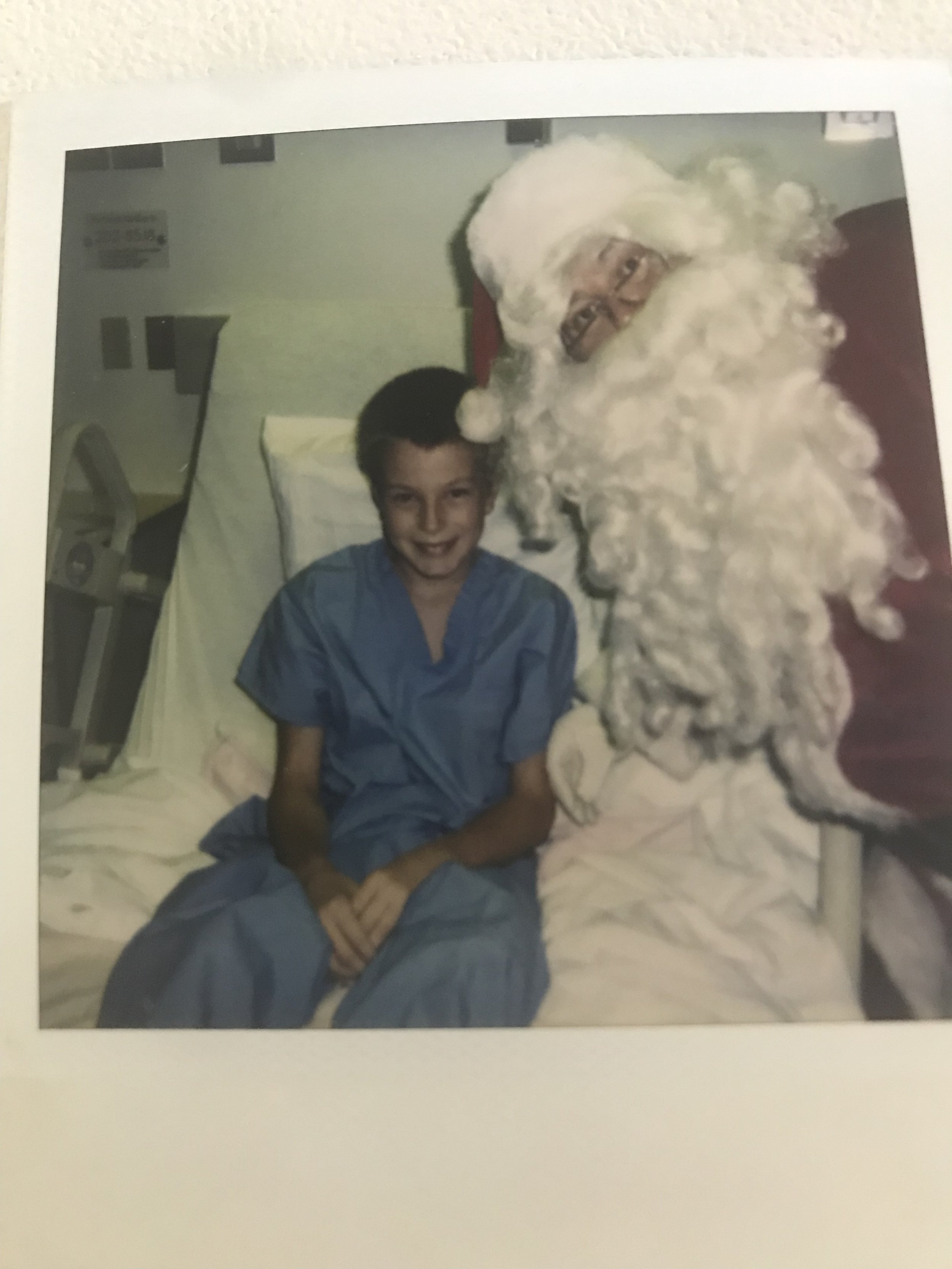Reading Time: 1 min 41 sec
I hope the next 20-ish breaths are the most nourishing of your day.
4 THOUGHTS
1. How to Make Better Decisions: Take 5 Breaths
“Taking five deep, intentional breaths activates your parasympathetic nervous system, grounds you in the present moment, and begins to calm the storm. It's the first step in shifting from reaction to clarity—from fear to truth.”
- Joseph Nguyen, The Overthinker’s Guide to Making Decisions
We make our best decisions when we feel rooted and psychologically safe. That’s why Nguyen’s first step to better decisions for overthinkers is simple: take five slow, deep breaths.
2. Inner Resources and Recovering More Quickly
“Developing inner resources is like deepening the keel of a sailboat so that you’re more able to deal with the worldly winds—gain and loss, pleasure and pain, praise and blame, fame and slander—without getting tipped over into the reactive mode. Or at least you can recover more quickly.”
– Rick Hanson, Ph.D., Neurodharma
Although Hanson is talking about inner resources in general, it’s a perfect analogy for the power of slow, deep breathing: it deepens the keel of your “physiological sailboat.” You’ll still be hit by life’s storms, but you’ll stay steadier and recover more quickly.
Deep breathing = deep keel.
3. Enhancing the Nervous System’s Adaptability and Longevity
“Our hypothesis is that yoga breathing provides a neurophysiological “work-out” that leads to greater flexibility and plasticity in the nervous system.”
- Brown and Gerbarg (2009), Ann. N. Y. Acad. Sci.
Here’s another way breathing exercises “deepen our keel.” Brown and Gerbarg propose that combining calming, slow-breathing methods with more activating, fast-breathing techniques gives the nervous system a workout, building adaptability, resilience, and potentially enhancing longevity.
4. Why We Train the Mind
“It is hard to train the mind, which goes where it likes and does what it wants. But a trained mind brings health and happiness.”
- The Buddha, The Dhammapada
Just a gentle reminder that, although the practice can be challenging, we train our minds for a simple reason recognized across cultures for millennia: a trained mind brings health and happiness.
1 Quote
“As we see it, the most compelling impacts of meditation are not better health or sharper business performance but, rather, a further reach toward our better nature.””
1 GOOD BOOK
Altered Traits by Daniel Goleman, Ph.D. & Richard Davidson, Ph.D.
I loved this one. It’s a clear, balanced look at what science actually says about meditation. If you enjoy nerding out on contemplative practice, I highly recommend it.
In good breath,
Nick Heath, T1D, PhD
“Breathing is the compound interest of health & wellness.”
Treat Yourself to Less Stress & Better Breathing
The Breathing App for Diabetes
This is the first program specifically made for people with diabetes to help manage their stress through breathing and mindfulness practices. In addition to the amazing program inside the app, we have some really neat things coming up, so sign up now!
Amazon Associate Disclosure
I’ve been recommending books for almost 6 years. Yet somehow, I just discovered that I could be an Amazon affiliate [face-palm]. In any case better late than never. Now, any Amazon link you click is an affiliate link. As an Amazon Associate, I earn from qualifying purchases. So, if you’d like to support my work, buying books through these links is helpful : )
* An asterisk by a quote indicates that I listened to this book on Audible. Therefore, the quotation might not be correct, but is my best attempt at reproducing the punctuation based on the narrator’s pace, tone, and pauses.









